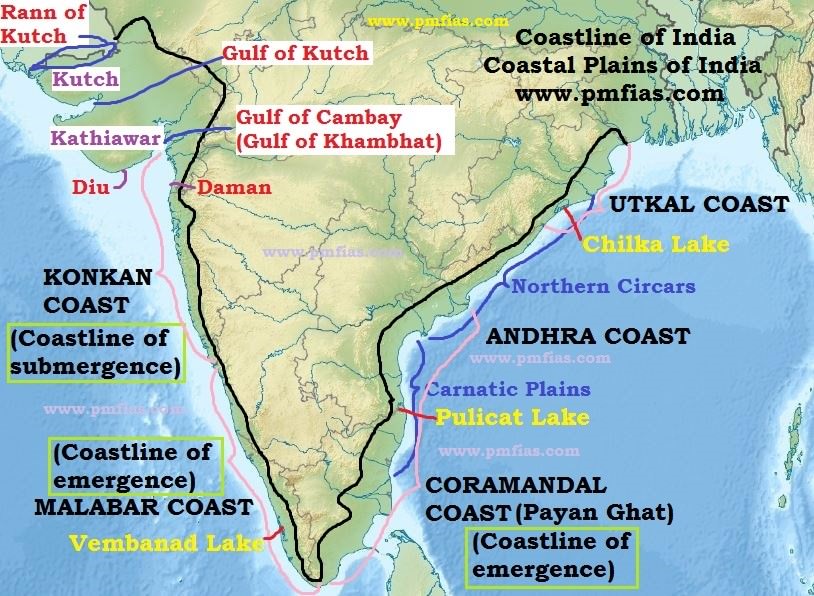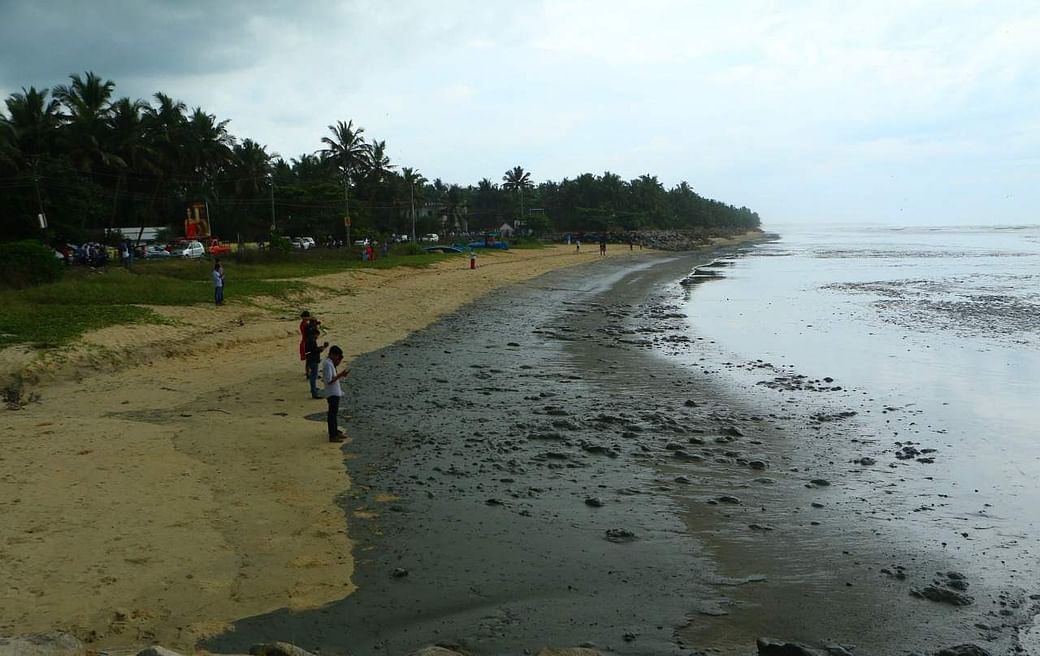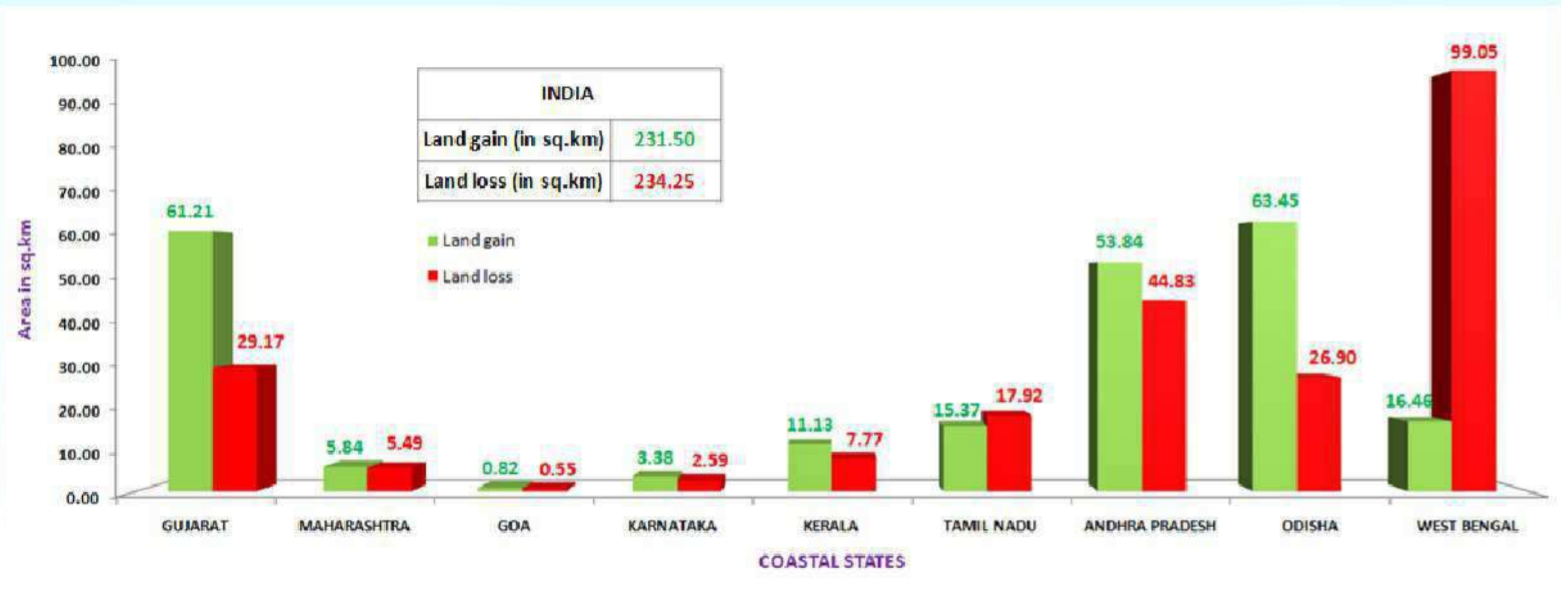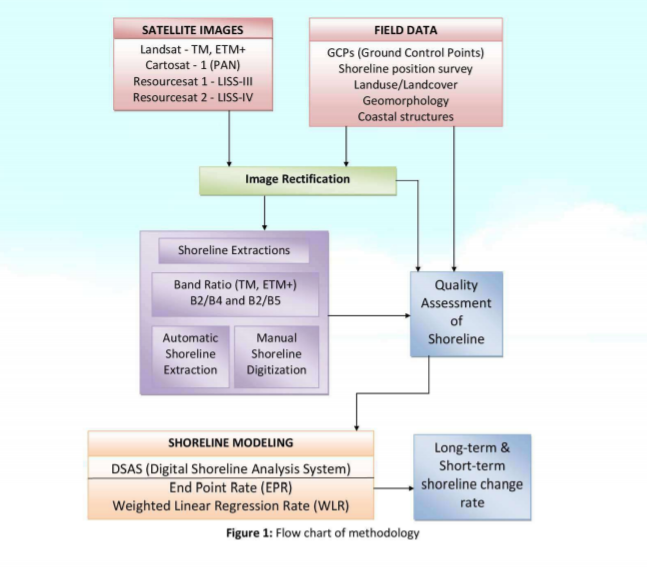It is nothing new that with climate change working its way out on Earth, different entities on Earth are behaving differently.
For instance, we know that land productivity is bound to decline but, in that process, several crops are even reflecting better yields than before.
But one entity that is totally mind boggling, are our world Oceans.
According to a recent report released by the National Centre for Coastal Research (NCCR) under the Union Ministry of Earth Sciences, the world waters have changed in vast ways.
Between 1990 and 2018 approximately 32% of India’s coastline is undergoing sea erosion but it is equally enticing that 27% could experience expansion. This is not totally unimaginable situation as the global temperatures outrun modesty.
This nation-wide shoreline change assessment, undertaken using 28 years of satellite data for nine coastal states and two Union territories (UTs), intended to provide information for an efficient coastal management strategy.
Findings: Erosion v/s expansion
In this period, nearly 60% of the coastal borders experienced erosion alone
in West Bengal, to be followed closely by 56% in Puducherry.
Out of country’s total coastline, about 2,135.65 kilometers of it was subjected to varying degrees of erosion.
A staggering 98 coastal pockets in the country have faced sea erosion during the period. Tamil Nadu possess 26 coastal areas which are vulnerable to sea erosion, followed by West Bengal (16).
Similarly, with expansion finding relevance to certain coastal spaces, whopping around 1,760.06 km expansion in many Indian states, Odisha registered highest expansion, by 51% to be followed by 48% by Andhra Pradesh.
Length of Coastline along the Indian mainland is about 6100 kms which becomes 7517 kms if coastlines of Andaman and Nicobar Islands in addition to the Bay of Bengal and Lakshadweep Islands are summed up.
Out of this, only 2,700 km is found to be stable (more in west coast).
It has also been observed from the report that the east coast suffers more erosion as compared to its western counterpart, due to frequent cyclonic activities budding from Bay of Bengal in the past three decades.
Erosion and Coastal transgression: a truth without wisdom
While transgression is landward movement of coastline caused by Sea level rise or changed geology around, soil erosion is the loss of coastal balance through sediment loss and dynamic action (wave, current, wind).
While the coastal erosion has been a natural process that consistently reshapes our shorelines through ocean currents, tides, wind and wave action.
But, the recent urbanization and development of coastlines through activities such as dredging, regulating sediment supply from rivers, or destruction of marshes, and coastal sand dunes can intervene and interrupt in coast survival processes and exacerbate erosion.
Other reasons may include faulty farming systems, overgrazing and overcultivation, dam construction or mining.
Humans know a little about hydrodynamics of the coasts and demand an extensive research understanding the sediment dynamics for vulnerable areas to be ascertained.
Is Coastal monitoring prevalent in India?
NCCR has for long provided the best possible technological services for sustainable management of Indian coastal areas. They endure to improve our capabilities related to coastal water quality, dynamic processes, shoreline management, prediction of coastal hazards- vulnerability and ecosystems through holistic research.
Monitoring is done using remote sensing, field and mathematical modelling based GIS tools. The baseline data provided includes:
- Estimation of coastal land loss or gain annually
- Shoreline changes are annually assessed in 1:25000 scales, especially for hotspot areas using fine resolution data
Allied studies on shoreline changes and their inherent impact are even undertaken by The National Centre for Sustainable Coastal Management under the Union Ministry of Environment, Forests and Climate Change and the Central Water Commission under the Union Ministry of Jal Shakti.
There is urgent need for planning and execution of anti-sea erosion measures but these are to be taken by the concerned maritime states and UTs while the Union government renders a technical, advisory and catalytic assistance.
A greater integration is needed for better governance and public service. Coastal communities by far suffer the most due to changes in marine ecosystem.
Sustainable livelihoods and alternative means of trade and commerce shall be provided to the vulnerable kinds as they continue to suffer socio-economic as well as ecological inequality.



